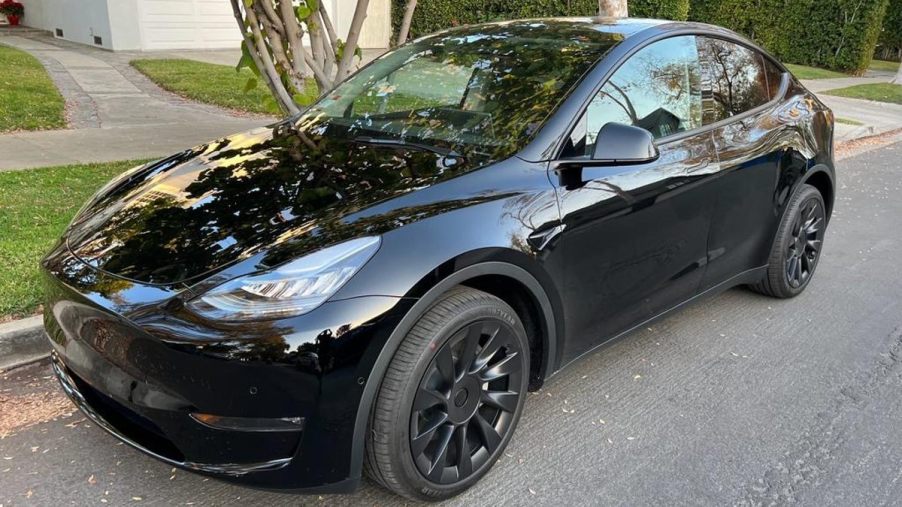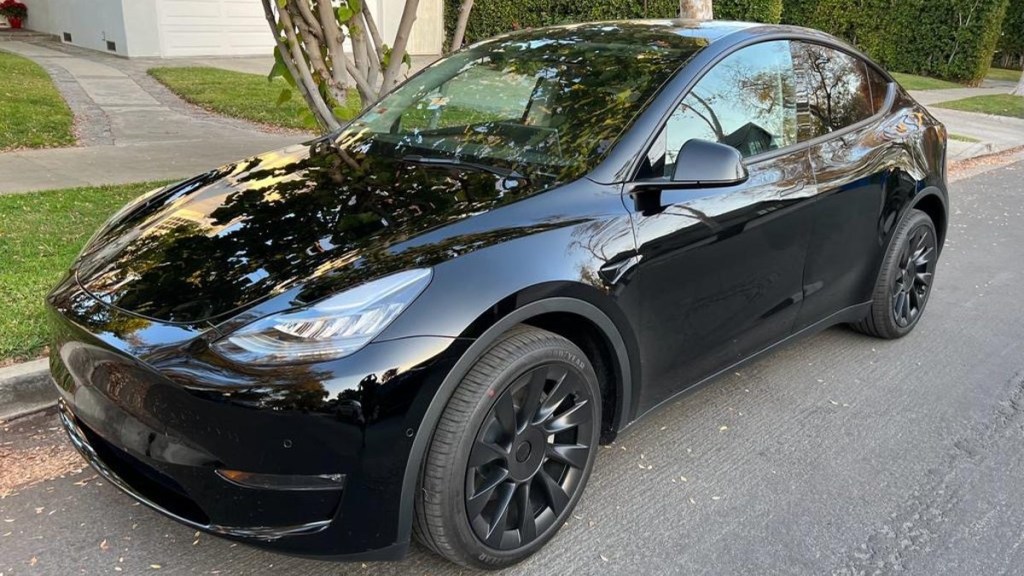
The Tesla EV Life Might Not Be for Everyone: 3 Pros and 3 Cons of Driving a Tesla EV
Is the Tesla EV life for you? For some, following the pack into the next big thing is normal, while others take a little longer to join in on the most recent trends. Tesla sells many electric vehicles, but these EVs don’t offer conventional electronics or driving experiences. Here are some things you should know before diving into the Tesla EV life.
Pro: Fuel savings of the Tesla EV life

When you drive a Tesla EV, you’ll never have to buy another drop of gasoline. Not only does every Tesla electric vehicle run on electricity, but it also costs a lot less to drive an EV than a gas-powered vehicle. When comparing a Tesla Model 3 SR+ and a Toyota Camry, the EV costs nearly half to operate.
If the Camry has 29 city/41 hwy mpg of fuel mileage and the Model 3 offers 240 miles on a full charge, the cost to drive the Camry 150,000 miles is $16,800 if gas is $2.80 per gallon. At $0.28 per kW, the Tesla EV costs $8,750 to drive 150,000 miles.
Con: Body repairs are expensive
A simple dent in the body of a Tesla EV could cost as much as $7,000 to repair. Repair bills for a Teal Model S that’s been sideswiped can be as much as $50,000. These figures might sound like exaggerations, but when you see the repair cost list from Pros vs. Cons, you see we aren’t embellishing at all. Imagine parking your Tesla in the driveway, and your child accidentally hits your car with their bike. That dent might be too expensive to repair.
Pro: Tesla Supercharger network
The Tesla EV life might be much better than that of other EVs. Tesla created a massive Supercharger network designed to recharge Tesla electric vehicles on the road. If you drive one of these vehicles, you can use the Electrify American network as well. Most other EVs aren’t capable of using the Supercharger network, and only a handful of these charging stations are being opened up to other EV brands. It can be a lot easier to take a road trip in a Tesla than any other electric car or SUV.
Con: Repair times are insane for Tesla EVs
If your Tesla is in an accident, you must find a Tesla-certified body shop to do the repairs. Once located, parts must be ordered from only Tesla, and then the repairs can begin. Some owners reported this process taking up to six months when parts must be ordered and three months when the repair shop has the necessary parts on hand.
In many cases, Tesla owners prefer insurance companies to total the vehicle after an accident to avoid waiting 4-6 months for vehicle repairs.
Pro: Slow depreciation
Many vehicles depreciate quickly once driven off the lot, sometimes as much as 20% on that first day. Tesla EVs don’t face this same problem. These vehicles notoriously hold their value well, even after being in an accident. If you’re looking for a vehicle that offers excellent resale value, you can’t go wrong with a Tesla electric car or SUV.
Con: Phantom battery drain
The Tesla EV life might be problematic if you expect the same charge in the batteries in the morning as you had the night before. It’s not necessary to recharge most EVs every night, but Tesla EVs are susceptible to phantom battery drain. This is covered in the owner’s manual, which tells you that every Tesla battery discharges at a 1% per day rate.
This phantom battery drain could be extremely troublesome if you leave your car parked at an airport for a long time. Additionally, if the battery discharged to 0%, it could damage the onboard electronics. You’ve got to be extremely vigilant to avoid your Tesla becoming damaged by this phantom battery drain.
Is the Tesla EV life for you? If you can get past the cons, it could be, but you must know the challenges awaiting you in these electric vehicles.



